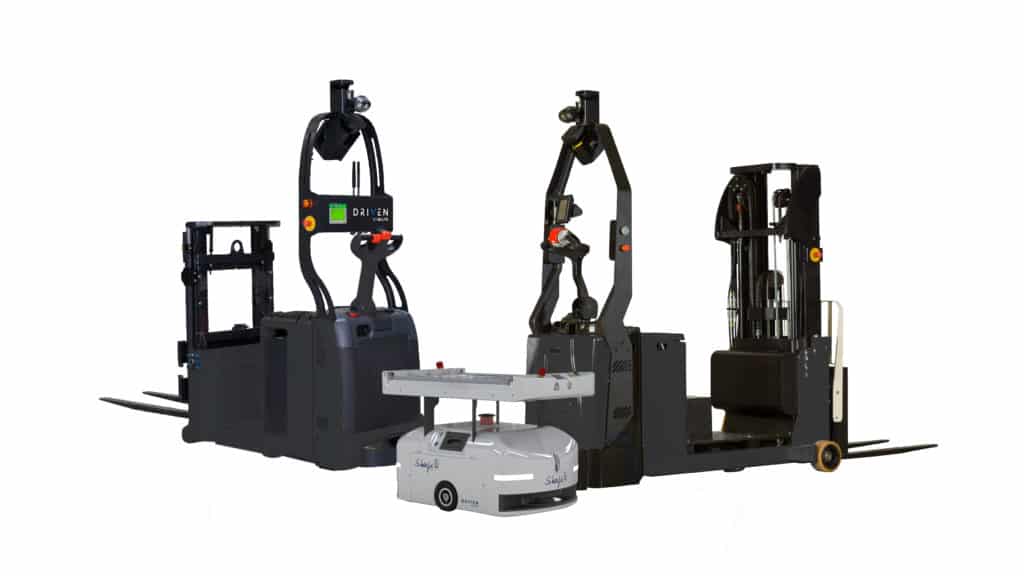Economic policies from Industry 4.0, Logistics 4.0, and connected warehouses point to the imperative to lower costs, increase produc...
Economic policies from Industry 4.0, Logistics 4.0, and connected warehouses point to the imperative to lower costs, increase productivity, and guarantee quality. There are as many forklift truck operator positions to be filled as there are IT developer and R&D engineer jobs combined.
![]()
In the United States, 65 percent of the businesses surveyed by Deloitte (as part of its annual Supply Chain report) noted that it is “extremely difficult” to hire qualified warehouse labor.
Moving pallets is expensive. One of the global Fast Moving Customer Goods (FMCG) leaders estimates spending “almost 380 million dollars per year” for tasks that create no additional value for the business.
Covid has made it abundantly clear to managers at third party logistics companies (3PLs), distribution centers (DCs), and manufacturing plants that robotization of material handling is an economic necessity.
![]()
Robotization: the solution
According to Grand View Research, the global market for automated forklift trucks will have an annual growth of 15.6 percent through 2025; Deloitte confirms this analysis and adds that the robotization and automation rate will reach 87 within ten years (all machines included).
The falling purchase price of robots, resulting from streamlining installation processes, make it possible to massively democratize their use. All this encouraged by promises of 20 to 30 percent increases in productivity with short payback cycles (most around one year for ROI).
Businesses which have invested in robotics quickly realize the impact of increased productivity and continue investing. There is no “turn back syndrome” for these solutions; the increases in competitiveness and quality push businesses to adopt a continuous robotics policy.
Two separate markets competing on product offering
Specific AGVs (automated guided vehicles), traditional automatic vehicles that have been present in industry for almost 30 years and standard manual forklift trucks converted into autonomous vehicles.
They both have the same purpose, transporting pallets or loads on vertical and horizontal applications; they are differentiated by technical choices, the depth of product lines, and the distribution strategy.
AGV (Automated Guided Vehicles)
AGVs are designed for applications specific to clients’ applications. They are produced in small numbers and their navigation system is based on added infrastructure (on the ground, on the walls, racks, machines, and so on) to allow the machine to move and know where it is in a space. AGV manufacturers’ product offering is organized by project/client.








 粤公网安备 44010602003952号
粤公网安备 44010602003952号